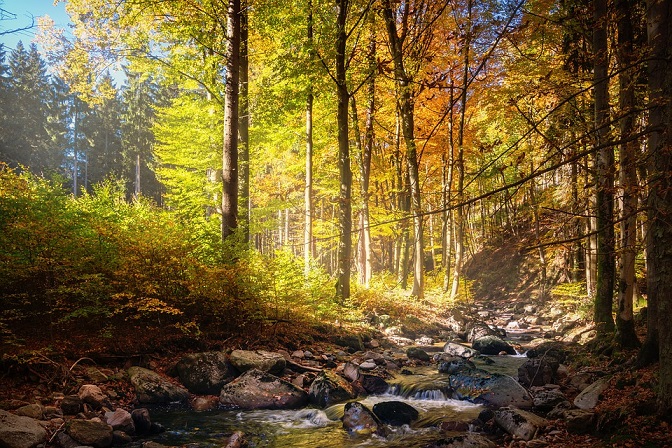Water is vital to everything on earth, starting with the fact that if it was not for a blanket of water vapour buffering the Earth, this planet would be too cold for us to inhabit it.
Water is the only common substance to exist as a solid, liquid, and gas in normal terrestrial conditions, and these phase changes of water – from solid to liquid to gas, and back – represent an extraordinary transfer of heat, which is what creates the atmosphere that allow us to live on this planet. Water-based processes in the atmosphere and the oceans, over land and across ice, govern some 95% of Earth’s natural heat dynamics.
Understanding exactly how water works and how it intersects with factors that we can influence like land use and plant cover, can help us restore the processes that sustain the heat and energy balance, thereby also enabling us to sustain our climate.
Water doesn’t just move and transfigure of its own accord; a lot of its movement is determined by biology, and in particular by plants. Transpiration is the biological process for instance, by which plants draw up water and release it as vapour, as a cooling mechanism that consumes and dissipates heat from the sun.
Did you know that on a particularly sunny day, a decent-sized tree can transpire in excess of 100 litres of water – this process represents three times the cooling power of an air-conditioning system in a five-star hotel room.
According to Brazilian scientist Antonio Donato Nobre, Collectively, the trees of the Amazon rainforest create a vertical river even greater than the Amazon River itself. This is moisture in motion, embodying and conveying heat.
Our planet needs this heat and energy balance to sustain a liveable climate on earth and to provide us with water as well, so we need to ensure that we stop creating large barren areas that intensify climate change and drought.
Buy water coolers and rent water dispensers from Living-Water in London.






